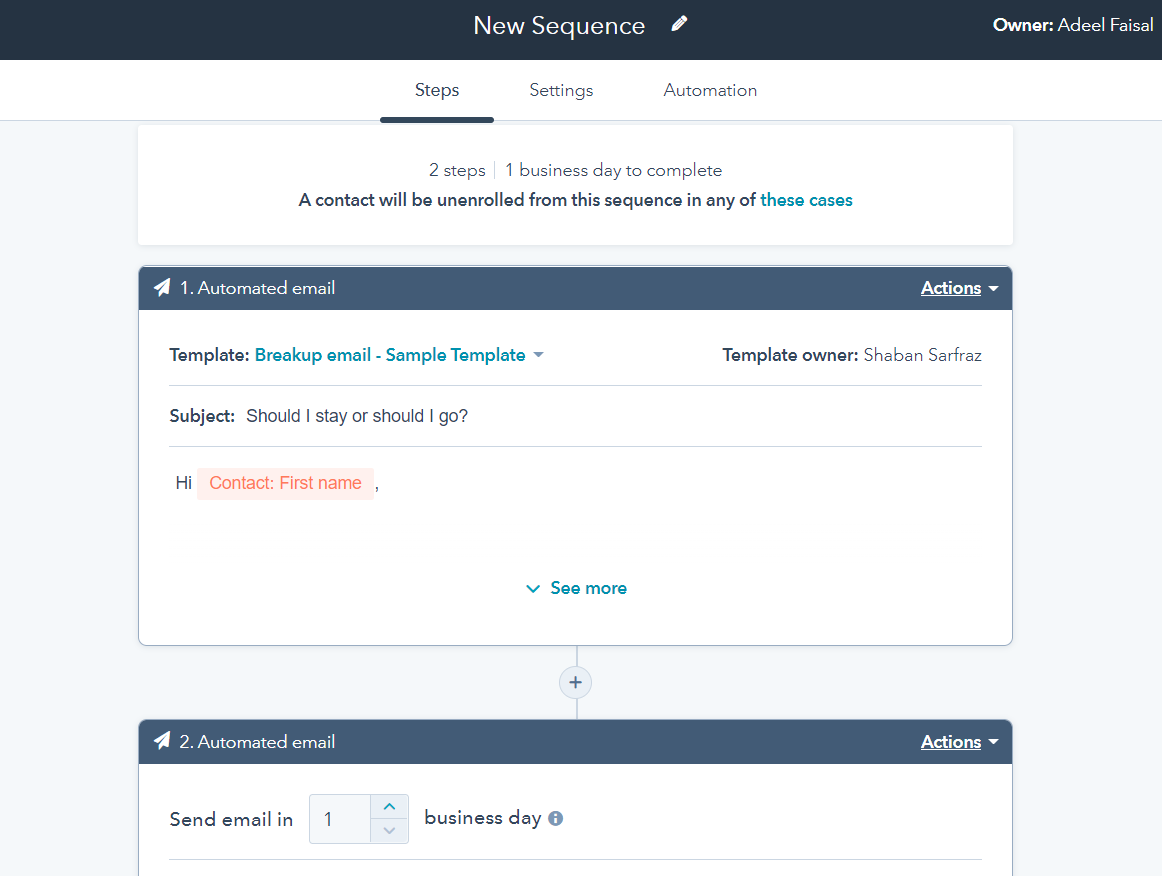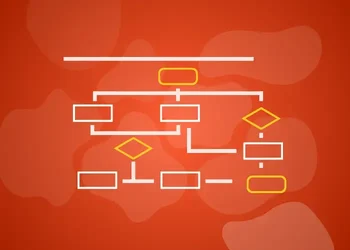9 HubSpot Sequences Best Practices for Better Lead Nurturing
Discover 9 HubSpot Sequences best practices for enhancing lead nurturing and sales productivity.
HubSpot Workflows vs Sequences, two features for some while a mere confusion for many! This Brief guide will cover everything you need to differentiate.
Deliverability of these sales emails are also being managed by Email Service Provider instead of HubSpot, and most importantly, you can use these sequences for non-subscribers, non-opted-In, or even non-marketing contacts.

Let's discuss all differences in a much more detailed manner!
You can access the sequences tool if you have a Sales Hub Professional or Enterprise user or Service Hub Professional or Enterprise user with a connected personal inbox such as IMAP, Office 365, or G Suite.
While the workflow tool is available in professional subscriptions with a set of restrictions at the trigger or action level based on the subscription and Hub. Check more details about the pricing and available options on the HubSpot Pricing page.
The main communication option in the workflows is marketing emails while sequences are used to send sales emails.
Workflows are usually used to send emails to contacts that are top-of-the-funnel while sequences are used to send emails to contacts that are bottom-of-the-funnel.
Workflows provide a wide range of available actions such as sending marketing emails or SMSs, data updates, record creation, task creation, notifications, etc.
While Sequences are quite limited and only have sales emails, task creation, and LinkedIn InMail as action.
In workflows, a contact can be enrolled automatically when it meets set criteria such as submitting a form or update on a contact property or a deal creation. A contact or list of contacts can be enrolled in workflows manually as well.
On the other hand, in sequences, you can enroll a contact manually only, either individually or in bulk. HubSpot Introduced an option of automated enrollment via workflows for HubSpot Sales Enterprise Customers Only.
In workflows, there is more flexibility in terms of how you want a workflow to function. For instance, in workflows, you can set if/else conditions if you want an alternative action to be performed if an object does not meet a certain criterion at some stage.
While in sequences, no such flexibility is given and all steps are to be followed for all contacts unless unenrolled.
In workflows, you are able to un-enroll contacts automatically through various conditions by using goal criteria or impression lists.
While in sequences the only way a contact will be unenrolled will be if he books a meeting, replies to the email, or is manually unenrolled
In workflows, various types of goals can be used in reporting to measure performance.
While in sequences meeting booking rate and reply rate can only be used in reporting to measure performance.
HubSpot workflows have no limits on how many actions can be added to a workflow.
Whereas in sequences you can only have 5 email actions that can be performed.
HubSpot workflow doesn’t have any major limitations in terms of enrollment. You can enroll as many contacts as you want.
While in HubSpot Sequences, you can enroll a limited number of contacts based on the level of HubSpot subscription you have purchased and the email service provider you are using as those tools are meant to be used only for bottom-of-the-funnel leads.
The most important question that you might be having right now is how will you know when to use HubSpot workflows and when to use Sequences.
There are certain situations when Workflow is better for example:
Situations in which a sequence is better to use are:

Discover 9 HubSpot Sequences best practices for enhancing lead nurturing and sales productivity.

There is a major difference between HubSpot Marketing Emails and Sales Emails. This Article Explains Which Email to Use and When to Use it.

13 Best HubSpot workflow examples that you need to use right now to take your business operations to the next level.